I am trying to calculate the derivative of a function using scipy.ndimage.gaussian_filter1d using the keyword order but the result is not working properly. Instead if I apply first the gaussian filter to the function and then differenciate it by finite differences it works.
For ease of clarity, the function I want to differentiate two times is the position, with which I obtain the acceleration.
Code:
import numpy as np
import matplotlib.pyplot as plt
from scipy import signal
from scipy.ndimage import gaussian_filter1d
#Initial acceleration
rng = np.random.default_rng(1)
acc = np.cumsum(rng.standard_normal(2000))
#Calculate position
pos = np.zeros(len(acc)+2)
for t in range(2,len(acc)):
pos[t] = 2*pos[t-1] - pos[t-2] + acc[t-2]
#Gaussian windows
sigma = 2
truncate = 5
acc_gaus = gaussian_filter1d(acc, sigma = sigma, truncate = truncate, order = 0)
pos_gauss = gaussian_filter1d(pos, sigma = sigma, truncate = truncate, order = 0)
acc_new_dif = pos_gauss[2:] - 2*pos_gauss[1:-1] + pos_gauss[:-2]
acc_new_gaus = gaussian_filter1d(pos, sigma = sigma, truncate = truncate, order = 2)[1:-1]
#Values
plt.figure()
plt.plot(acc_gaus[:-100], label = 'Real acceleration', alpha = 0.5)
plt.plot(acc_new_gaus[:-100], label = 'Gaussian window 2nd order', alpha = 0.5)
plt.plot(acc_new_dif[:-100], label = 'Finite differences 2nd order', alpha = 0.5)
plt.legend()
plt.ylabel('Acceleration')
plt.xlabel('Time')
plt.savefig('fig1.png', dpi = 300)
#Errors
plt.figure()
plt.plot((acc_gaus - acc_new_gaus)[:-100], label = 'Error gaussian window 2nd order')
plt.plot((acc_gaus - acc_new_dif)[:-100], label = 'Error finite differences 2nd order')
plt.legend()
plt.ylabel('Error')
plt.xlabel('Time')
plt.savefig('fig2.png', dpi = 300)
Question: Why is this not working properly? In which situations scipy.ndimage.gaussian_filter1d fails to calculate the derivative?
Possibly related to: Does gaussian_filter1d not work well in higher orders?



